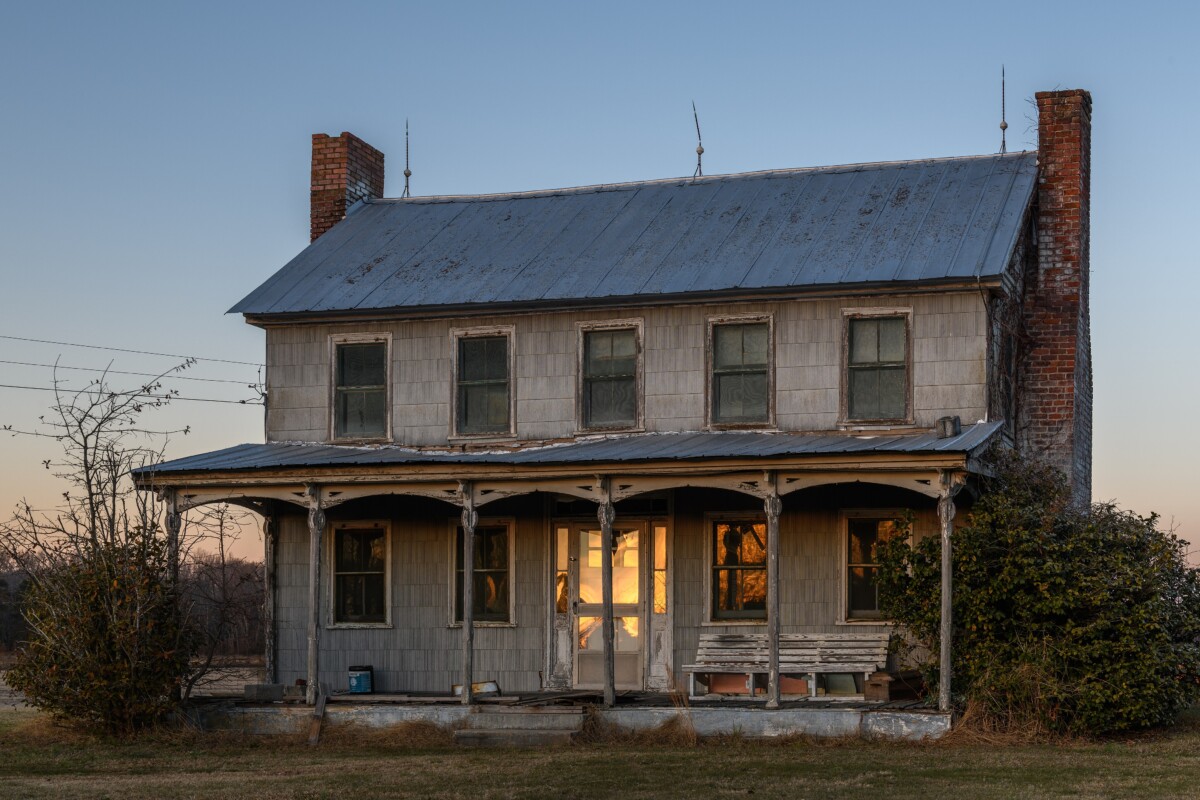New Office Hours: I need to change the time from 1-3 to 3-5 on Tuesdays due to overlapping meetings. Sorry for the change.
Hi Class,
Here’s our agenda:
1–Freewrite
2–Discuss Homework (Email)
3–Diagnostic using the Reading Photos Form (in-class writing assignment)
4–Photography Terms (1-10)
5–Practice Posting to OpenLab. Students can watch a video on how to do so by going to the Video menu tab.
6–Homework
Diagnostic Day (15 minutes in class writing; not graded; 10 points awarded)
Prompt: Beginning Questions, Type, Observation, Close Reading
Title: The abandoned farmhouse at the Kelvin A. Lewis Farmstead in Creeds, Virginia Beach, Virginia
Source: Wikimedia Commons
URL: https://commons.wikimedia.org/wiki/File:Farmhouse_at_Kelvin_A._Lewis_farm_in_Creeds_13.jpg
Photographer: PumpkinSky
Date 16, Dec 2017
***If time, let’s discuss how to read this photo and one photo in the Readings menu tab
Photography Terms (Eventually, we will learn 28 photography terms)
- Portrait Photo
- Documentary Photo
- Commercial Photo
- Art Photo
- Photograph
- Photography
- Photo Essay
- Story (and Narrative)
- Dominant Impression: The most important, dominant, powerful element in a photograph. It is what the viewer notices first.
- Decisive Moment:
“To me, photography is the simultaneous recognition, in a fraction of a second, of the significance of an event as well as of a precise organization of forms which give that event its proper expression” (1952, from the preface of The Decisive Moment).
A more precise definition is from a Washington Post interview from 1957: “Photography is not like painting,” Cartier-Bresson told the Washington Post in 1957. “There is a creative fraction of a second when you are taking a picture. Your eye must see a composition or an expression that life itself offers you, and you must know with intuition when to click the camera. That is the moment the photographer is creative”, he said. “Oop! The Moment! Once you miss it, it is gone forever.” Source: https://en.wikipedia.org/wiki/Henri_Cartier-Bresson#cite_note-26
How to post to OpenLab:
https://openlab.citytech.cuny.edu/blog/help/writing-a-post-block-editor/
Homework:
Homework due Wednesday, Sept 11 (before class):
Read Teju Coles’ essay “Perfect and Unrehearsed,” and write a 200 word reflection on your favorite photo from his essay. In your reflection, use at least two of the terms we covered in class (we covered 10). For example, what type of photo is it? Does it tell a story? If so, what is the story (this may be subjective, but that is okay). What is the dominant impresssion? If you want to discuss the decisive moment, great! What is the moment? Describe what is happening. Post this reflection to Virtual Coffeehouse #1. Make sure to use the correct Category before publishing. And make sure to proofread and spellcheck your work.



